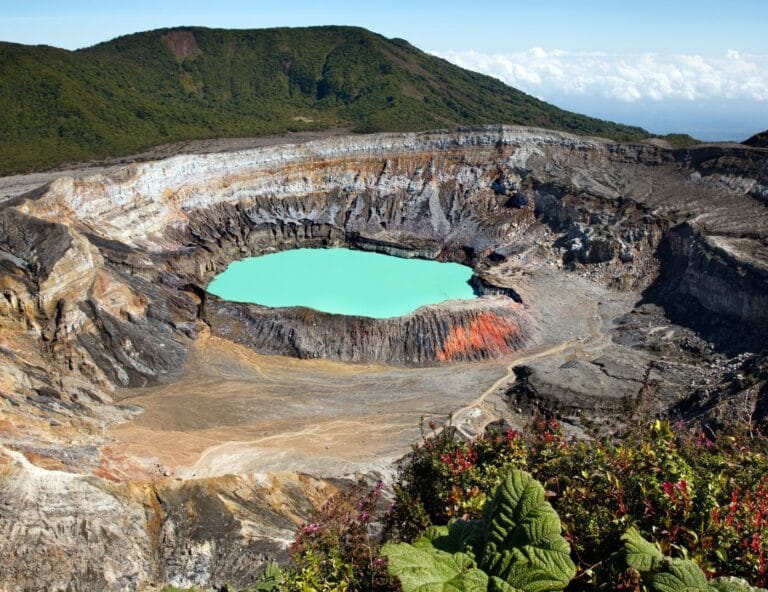Where is Costa Rica?
Nestled in Central America, Costa Rica is bordered by Nicaragua to the north and Panama to the south. It is flanked by the Pacific Ocean to the west and the Caribbean Sea to the east. Costa Rica is renowned for its lush landscapes and dedication to sustainability. Despite its small size, the country boasts an impressive array of natural resources that are vital to its economy and environmental goals. From vast tropical forests and rich biodiversity to renewable energy sources and fertile agricultural land, Costa Rica natural resources are abundant and carefully managed to ensure a greener future. This commitment has made Costa Rica a global leader in conservation and eco-friendly development.
Main Costa Rica Natural Resources
Forests and Biodiversity
Costa Rica is home to about 6% of the world’s biodiversity, a remarkable feat for a small country. Over 25% of its land is protected as national parks, reserves, and wildlife refuges. This protection helps conserve countless plant and animal species, many of which are unique or endangered.
The country’s forests, including tropical rainforests, cloud forests, and dry forests, provide valuable resources like medicinal plants and timber. These forests also play a crucial role in carbon sequestration, absorbing more carbon dioxide than Costa Rica emits. This supports the nation’s goal of carbon neutrality. Additionally, eco-tourism, driven by Costa Rica’s biodiversity, generates millions of dollars each year and benefits local communities.
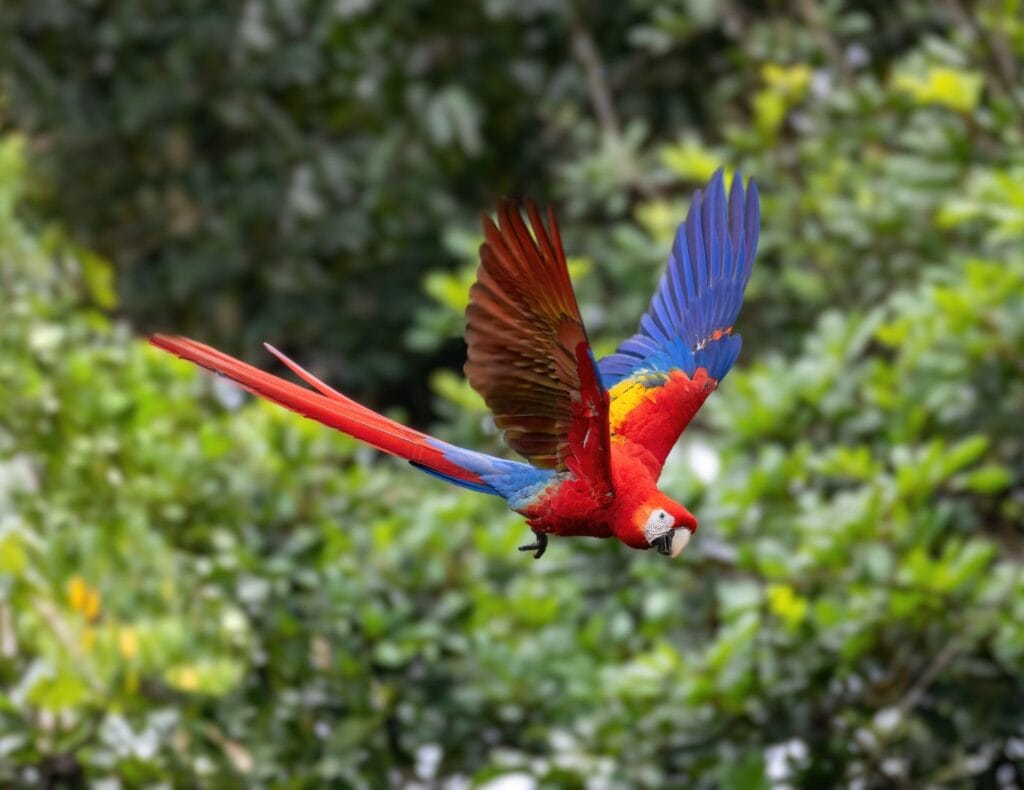
Renewable Energy Sources
Costa Rica is a global leader in renewable energy. Nearly all of the country’s electricity comes from renewable sources. The diverse landscape, rich in rivers, geothermal activity, and sunshine, makes Costa Rica ideal for clean energy production.
- Hydropower: Costa Rica’s rivers generate most of the country’s electricity. The mountainous terrain and frequent rainfall provide a reliable water supply for energy production, particularly in the rainy season.
- Geothermal Energy: Costa Rica, located along the Pacific Ring of Fire, has access to geothermal energy from volcanic activity. This resource is increasingly harnessed, particularly during dry periods when hydropower is less reliable.
- Wind and Solar: Wind farms in Guanacaste and solar panels nationwide help diversify Costa Rica’s energy portfolio. These sources ensure a steady energy supply year-round and contribute to the country’s goal of carbon neutrality.
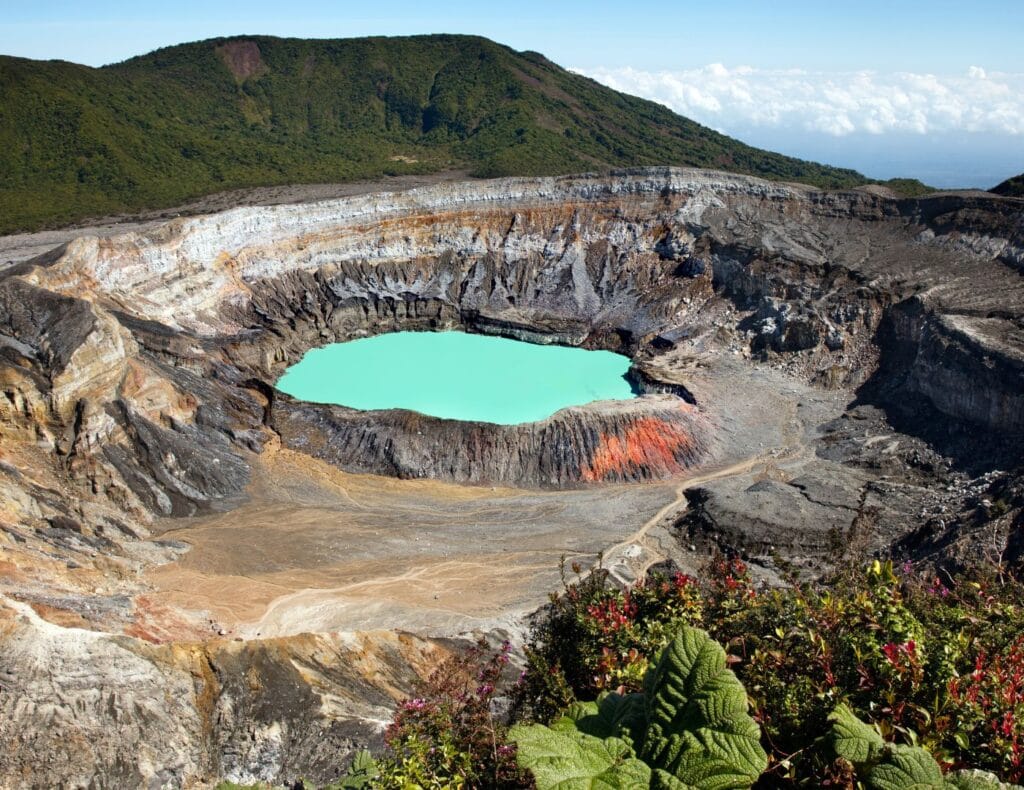
Marine Resources
Costa Rica’s location between the Pacific Ocean and the Caribbean Sea gives it rich marine resources. Its waters are home to diverse marine life, including coral reefs, fish, and other aquatic species, vital to both biodiversity and the economy.
- Fisheries: Costa Rica prioritizes sustainable fishing practices, protecting certain species and combating overfishing. Fish exports and local fisheries provide significant income and food for coastal communities.
- Marine Biodiversity and Tourism: Marine reserves like Cocos Island National Park, a UNESCO World Heritage site, attract divers and marine biologists. Tourism activities such as whale watching, scuba diving, and snorkeling generate substantial revenue and promote conservation.
Agricultural Land and Fertile Soil
Costa Rica’s fertile soils, especially in the Central Valley and coastal plains, make it an ideal location for agriculture. The country’s rich volcanic soil is perfect for growing crops like coffee, bananas, pineapples, and sugarcane, which are key exports for the nation.
- Coffee: Costa Rica is famous for its high-quality coffee, which is grown in volcanic soils at high altitudes. Coffee production not only supports the economy but is also a cultural staple.
- Bananas and Pineapples: Costa Rica is one of the world’s largest exporters of bananas and pineapples. These industries provide employment for thousands of Costa Ricans and are essential for the country’s agricultural economy. Learn more about Costa Rica Tropical fruits in our blog.
- Sustainable Agriculture: Costa Rica has taken significant steps to promote sustainable farming practices. Organic farming, permaculture, and agroforestry are growing trends, as farmers and businesses recognize the value of preserving the land for future generations.
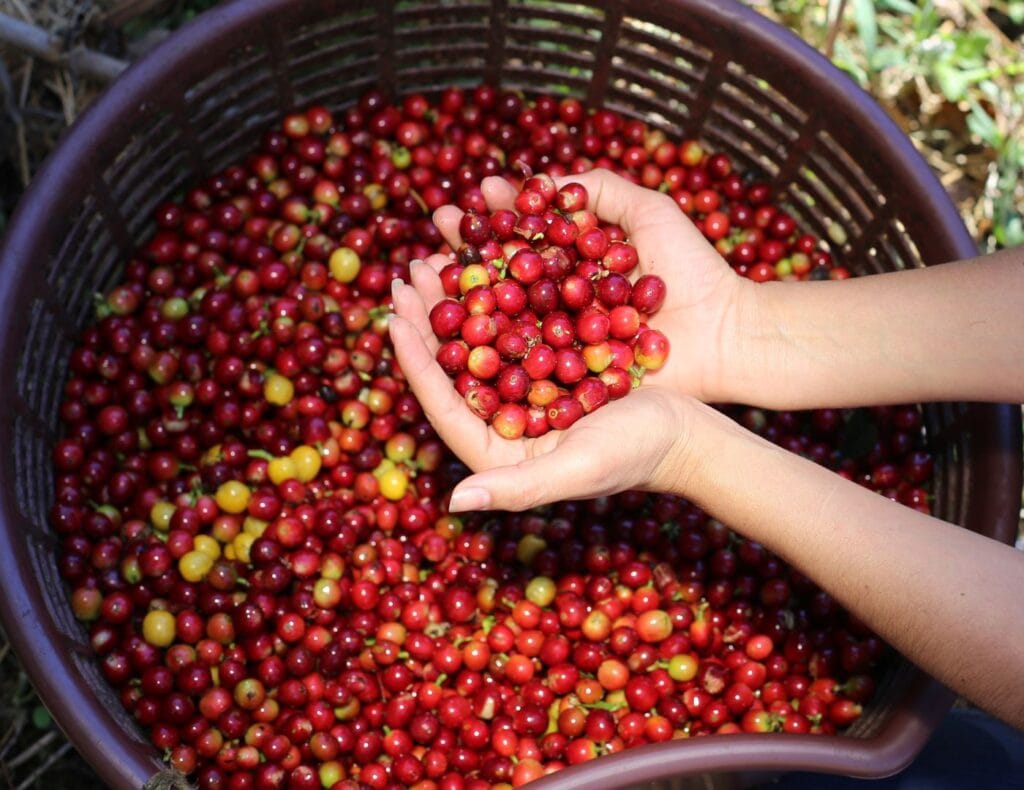
Freshwater Resources
Costa Rica’s abundant rainfall ensures a plentiful supply of freshwater, supporting agriculture, energy generation, and daily life. Freshwater resources come from rivers, lakes, and underground aquifers.
- Rivers and Lakes: Costa Rica’s rivers not only support hydropower but also provide water for irrigation, drinking, and recreational activities.
- Watersheds and Conservation: Watershed management is a priority in Costa Rica, where protecting water quality is crucial for both human use and ecosystems. Efforts to reduce pollution and maintain clean water sources are supported by government policies and community initiatives.
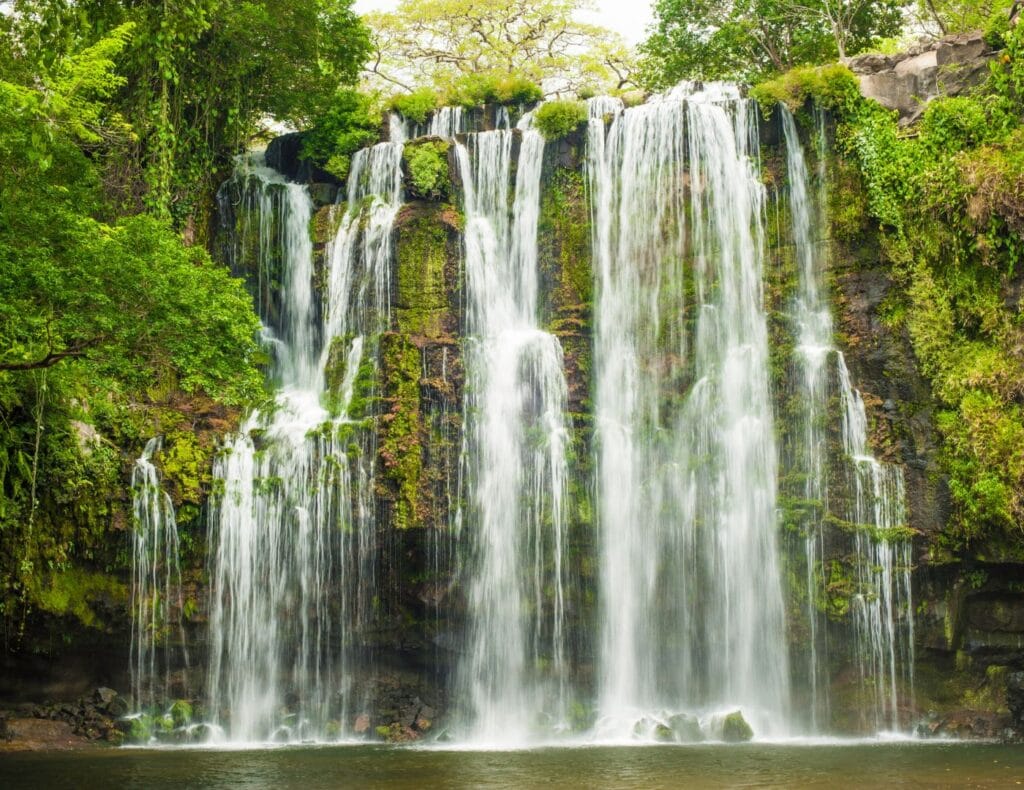
Minerals and Geological Resources
Costa Rica’s restrictive policy on mineral extraction protects its environment, but the country still has valuable geological resources. Its volcanic regions provide geothermal energy, and construction materials like limestone are produced.
Costa Rica has chosen to limit mineral exploitation to avoid environmental harm. This decision reflects the country’s long-term ecological vision over short-term economic gains, making it unique among nations with similar resources.
Ready to experience the natural beauty and incredible resources of Costa Rica firsthand? Discover it all with The Castle of Oz. Our luxurious all-inclusive villa, perfect for weddings and serene retreats, is nestled in paradise. With a commitment to sustainability through solar power and rainwater capture, we offer the perfect comfort. Book your stay with us and make Costa Rica’s natural wonders part of your story!
FAQ
Costa Rica is located in Central America, is bordered by Nicaragua to the north and Panama to the south. It is flanked by the Pacific Ocean to the west and the Caribbean Sea to the east.
What are costa rica’s natural resources?
– Forests and Biodiversity
– Renewable Energy Sources
– Marine Resources
-Agricultural Land and Fertile Soil
– Freshwater Resources
– Minerals and Geological Resources
Reference Website for this Blog
- https://www.oecd-ilibrary.org/sites/6e4ee127-en/index.html?itemId=/content/component/1f798474-en&csp=c40565503648b2cfcded78b70a3894d1&itemIGO=oecd&itemContentType=chapter#section-d1e11925-83cc10afef
- https://www.sinac.go.cr/ES/Paginas/default.aspx
- https://www.britannica.com/place/Costa-Rica/Transportation-and-telecommunications

